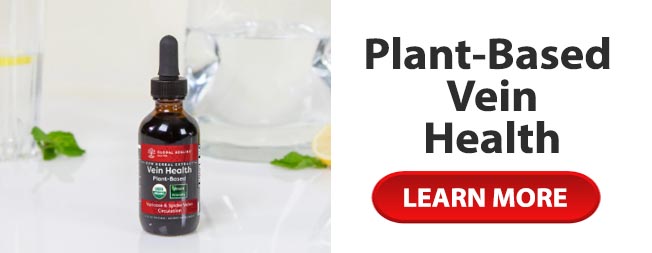Varicose veins are swollen veins that can bulge near the surface of the skin.Natural colic relief Many men and women are both embarrassed by the sight of these veins and experience the discomfort of swollen legs, itchy skin or small ulcers. Women, who have no genetic predisposition and thought they were much too young to experience a varicose veins or spider veins, can be surprised by the appearance of these little cosmetic problems during pregnancy. Although you may have little or no discomfort, they can make the legs feel heavy and achy.
The good news is that varicose veins that developed during pregnancy tend to improve significantly once you have given birth. And the better news is that these problems do not have to be problems if you take preventative measures. Women who work to reduce their risk of the development of varicose veins or spider veins will find they have a reduced likelihood of developing this unsightly condition. (1)
Although your obstetrician probably recommends that you exercise on a daily basis for other reasons, daily exercise will also help your circulation in your lower extremities and decrease the risk that you will develop varicose veins.
The development of spider veins and varicose veins is often a result of extra stress placed upon the venous system. This can happen when an individual sits or stands for any length of time, or add extra weight. Just the act of becoming pregnant and growing a baby for nine months, means that you have added an extra 20 to 30 pounds over the course of your pregnancy. Work hard to keep your weight within the recommended range for your stage of pregnancy and do not view this time as nine months of eating poor nutritional choices and gaining more weight than your physician recommends. (2)
Women who are pregnant find that they benefit greatly by elevating their feet and legs whenever possible. This elevation helps to reduce the swelling in the lower extremities but also helps to reduce the pressure on the venous system and therefore reduces the risk of development of varicose veins or spider veins. If you find that you will be sitting for any length of time, use a stool or box to elevate your feet. If you will be standing for any length of time try to place one foot on a stool and alternate every five to 10 minutes. (3)
Men and women who cross their legs while sitting find that this increases their risk of varicose veins. This risk increases even more during pregnancy.
Sleeping on the left side with a pillow wedged between your legs and behind your back will help to increase the venous flow back to the heart. Because the inferior vena cava is on the right side, when you lay on the left side you relieve the stress on the vein by removing the weight of the uterus.
Consider the purchase of special support hose or graduated compression stockings. These will help to improve the blood flow back to the hearts and prevent swelling in the lower extremities. To help prevent blood from pooling in the legs, put these stockings on before getting out of bed in the morning and keep them on all day long. These stockings may be uncomfortable in hot weather but will save your legs in the long run.
Interestingly, women who are pregnant may get varicose veins in their legs but are also at higher risk for development of varicose veins in their vulva and their rectum (hemorrhoids). However, like the venus insufficiency that clears up in the lower legs after the birth of a child, these particular types of varicose veins also usually clear up once the baby is been born.
Women who practice Kegel exercises during pregnancy will help to prevent the occurrence of hemorrhoids, which are varicose veins in the rectum. These exercises also help to improve the delivery process and reduce the risk of urinary leakage.
(1) American Pregnancy Association: Skin Changes During Pregnancy
(2) BabyCenter: Varicose Veins During Pregnancy
(3) WomensHealth.gov: Varicose Veins and Spider Veins Fact Sheet

